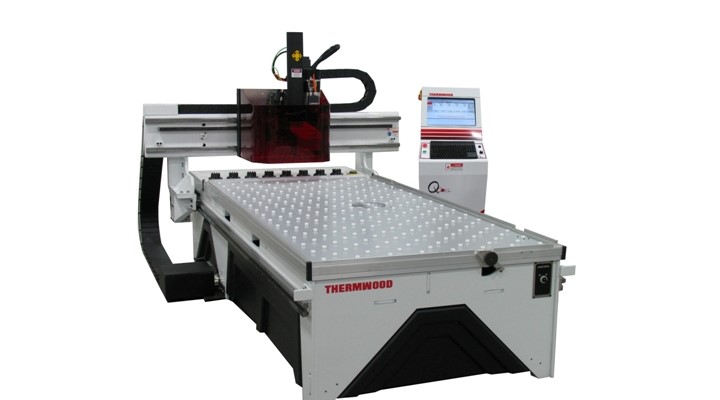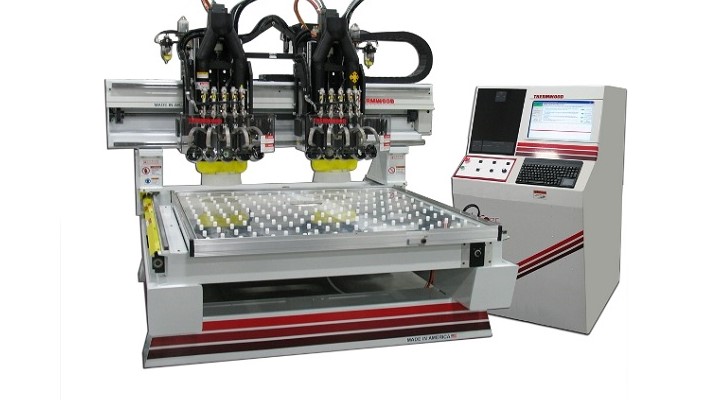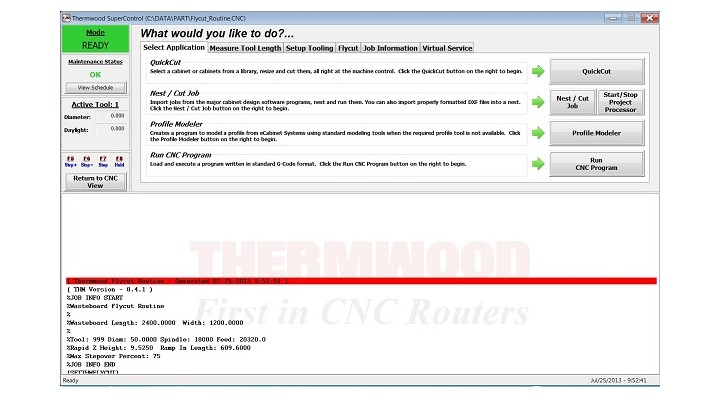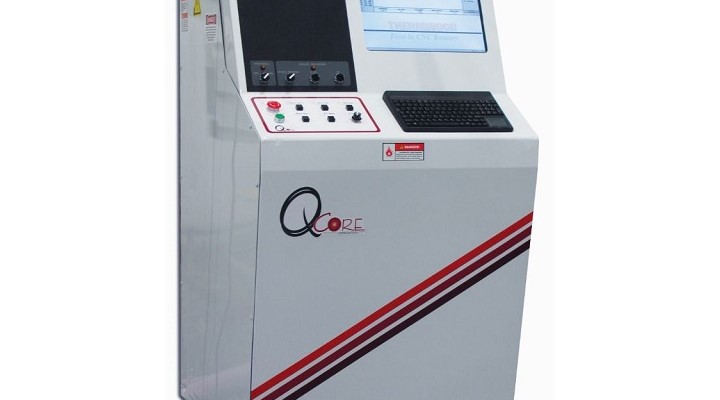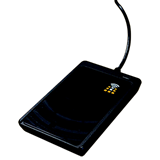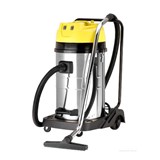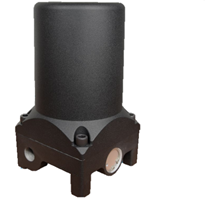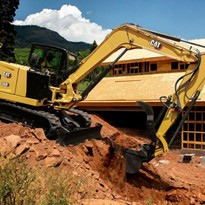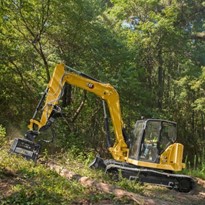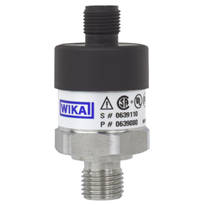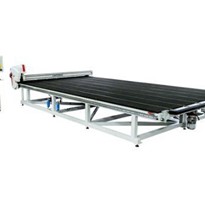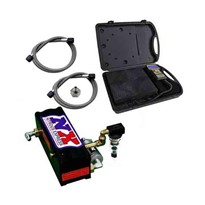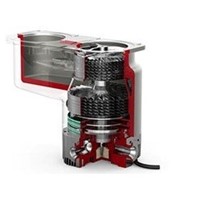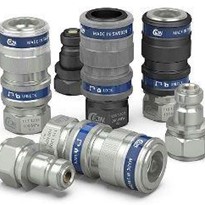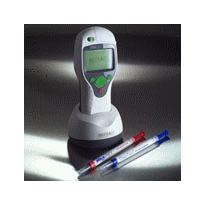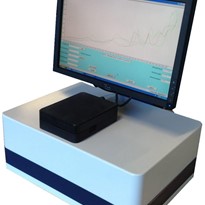In all these cases, the "smart" version does more. Smartphones do more than make phone calls and smart routers do more than cut parts.
The fundamental advantage of a smart router is that it makes a lot more money from nested-based business. Just like smartphones, smart routers do cost a bit more but they make that back in short order.
It is interesting to note that the substantial benefits of a smart router are not in actually cutting parts, but in all the details required to cut parts. It also shines when things go wrong.
Most folks considering a router for the first time do not realise that the vast majority of their cost will not be running the router, but instead, will be in a myriad of details required to run the router.
Preparation, programming, hold down, procedures, sorting, scrap, assembly and error handling are the main cost areas. Ordinary routers do not focus on these areas. They rely on the user to take care of them and usually it's not all that easy. The operator must be both skilled and well trained to work within the limits of these systems.
Smart routers address these areas in a big way. They address the areas where you spend the most money because that's where you can make the most money. Ordinary routers may seem less expensive at first, but may prove to be much more expensive in the long run.
The basis of a smart router is, instead of a machine that just executes a program, smart routers automatically perform numerous functions that otherwise must be done by skilled, and expensive people.
Smart routers aren't just controls that move a machine. They actually know the job they are doing, so they can make judgment calls that make it much more efficient.
Smart routers also perform valuable new functions that are just not possible with an ordinary router. For example, with a smart router you can run a complete custom cabinet shop, producing custom sized cabinets without a programmer, without a computer and without software — with just the machine itself and a cabinet library.
Smart routers process part programs two ways. First, they process CNC programs in the traditional way using output from virtually any design software.
Smart routers can even run existing programs written for other brand machines, even if those programs contain codes specific to those machines. This means, with a smart router, you can use software configured for about any machine and you can run programs you already have without reprogramming.
Smart routers are pretty much compatible with anything, but if you are running nested-based programs, there is a better approach.
In the second approach, instead of using a traditional CNC program, developed with software and a PC, smart routers use part data and create the actual cutting programs within the machine itself.
Several major software vendors already offer database output to smart routers plus, any software that can output DXF files will work with smart routers. You send the design to a smart router and it, rather than you, worries about how to make the parts.
There are significant advantages to this approach. The first is tremendous flexibility. You can bring parts in from several different sources, including DXF files, nest and cut them as a single job. That's right, you can run parts from different software packages together, in the same job. You are not tied to a single rigid software path and you do not need to go through the steps of taking your designs and turning them into CNC programs.
Also, smart routers adjust programs for their own operating characteristics or for the tooling that is available. For example, a smart router knows how large a part it can hold and cut in a single pass. If a part is smaller, it cuts it in two passes, first leaving a skin and then removing the skin in a second pass. If the part is even smaller it just leaves the skin and lets you remove it.
A common problem in nested-based machining occurs when the actual material thickness varies from the thickness that was originally programmed. With ordinary routers, you either have to reprogram the entire job and develop a new CNC program for the new thickness or live with the inevitable mismatches. With smart routers you simply input the actual thickness at the beginning of the job and it adjusts everything automatically.
Smart routers address backside machining in a different way. A smart router groups all parts that need backside operations on the first few sheets of a job and does the back operations on the full sheet. The machine instructs you to load the sheet with the backside up and then does all the backside machining on all parts. Notches are machined on the sheet edges so when it is flipped over, it can be precisely positioned against locator pads. When the parts are cut and removed, they are complete, front and back. This saves a lot of labour compared to doing back operations one part at a time. You save sorting, identifying, selecting the backside program, loading and unloading parts and you save a lot of scrap when parts are identified, positioned or oriented wrong, which happens all too often.
And since we're talking about scrap parts, replacing them is really easy with a smart router. At the end of a job, simply scan the labels of any parts you want to recut and the machine nests them on any material still on the table so you can recut them. This saves a lot over having to create new CNC programs to make replacement parts.
With a smart router you can even add parts from previous jobs to a new job, provided you are running the same material (it watches that). When replacements parts from another job are cut, a red bar on the label lets you know this part is for a different job.
And, while we are talking about labels, they are also somewhat smart. Most jobs consist of several individual items, for example, a kitchen full of cabinets. To get the most efficient nests, parts are scattered throughout the job. Once complete, the first thing you must do is figure out which parts go with which cabinets.
Smart routers use a colour symbol on the labels. Put the parts with the same symbol together; red circles with red circles, blue triangles with blue triangles, yellow squares with yellow squares, etc. Colour symbols are much easier to sort than text descriptions. This saves a ton of labour.
Using a diagram of the part, smart labels also show which edges need to be edge banded.
Another thing that saves a lot of labour is assembly marks. These are dot patterns machined into the joints of mating parts. They tell you which parts go together. One dot goes with one dot, two dots go with two dots etc. Assembly marks are completely hidden when the parts are assembled but they save a lot of assembly time, especially on more complex pieces.
It is interesting to note that the last two patented features aren't part of the machine itself but, by using them, the smart router can save you a pile of money.
Certain parts are prominent on the final product, door and drawer fronts for example. Smart routers instruct you to hand select the sheet if it has any of these prominent parts on it. If left to random, it is easy to encounter a flaw or unattractive grain pattern, forcing you to scrap valuable parts. By hand selecting, you can use the best possible material for these important parts.
And since nesting is done right at the machine, it is easy to use material left from previous jobs. At the beginning of a new job, simply scan the label on any material you want to use and the machine nests on it. You can even use material with flaws by nesting around the flaws. This feature alone can save 5-7 per cent of your material cost each year.
Another feature with huge payback is a pause button. With standard routers, the operator must remain close to the control so he can stop the machine if something goes wrong. The only job he can really do is watch the machine. With a smart router, a pause button clips to his belt. Pressing it anywhere in the production cell stops the machine. It works like an emergency stop, but is not a "wrench in the gearbox" emergency stop. It immediately stops the machine, but offers options.
If you broke a tool, it drops off the tool holder and tells you to replace the tool. It then picks up the new tool, automatically measures it, adjusts the program for the new tool length and diameter, recuts the path of the broken tool and continues with the job. You can also abandon and recut the sheet you are working on. Perhaps the sheet is warped or you found an internal defect when you started cutting. The machine gives you step-by-step instructions to replace and recut the sheet, right in the middle of the job.
Perhaps some parts are moving because you didn't fly-cut the spoilboard soon enough. You can instruct the machine to go ahead and finish this sheet, but leave a skin on all remaining parts so they won't move and be scrapped. You can easily trim the skin afterwards and save the parts. By the way, smart routers can fly cut a spoilboard in the middle of a job, then adjust the program for the new spoilboard thickness and finish the job. If these types of problems are encountered on an ordinary router, addressing them is much more involved.
If you think about it, just the labour saving of being able to use the machine operator to do other tasks in the production cell is enough to pay for the upgrade to a smart router. The savings in scrap, labour and programming when you encounter a problem makes it that much better.
By the way, not fly cutting the spoilboard soon enough to keep parts from moving is probably the single most common reason for scrapping parts in nested-based machining. Smart routers try to help by keeping track of where you have cut into the spoilboard as you machine parts. Before instructing you to load another sheet, it looks at the parts on the next sheet and at the cuts already in the spoilboard and makes sure every part has sufficient hold down area so it won't move. If any part falls below a minimum, it gives the operator a choice, either fly cut the top before continuing or it will leave a skin on the problem part so it remains connected to other parts around it and doesn't move. Over time this saves a ton of scrap, a lot of time and a lot of money.
We have only scratched the surface of what smart routers do right now: they keep tract of maintenance and tool life and alert you before, not after you have a problem; they guide you step by step through anything you want to do.
If you can read you can run a smart router. You access the operating manual and even watch videos of maintenance and repair procedures right at the machine.
If that doesn't work, you connect directly to a service centre that can address your problem. They work directly with the control and fix it while you watch.
You can view and manipulate a 3D CAD drawing of your entire machine, identifying every part and seeing how they fit together. You can even get an app for your smartphone or tablet to monitor your smart router from just about anywhere.
And with all this capability, smart routers are incredibly intuitive and easy to use. Just as smartphones have replaced flip phones, smart routers may very well replace ordinary routers by offering better, easier and substantially more profitable operation.


